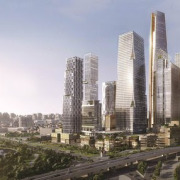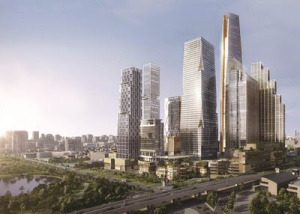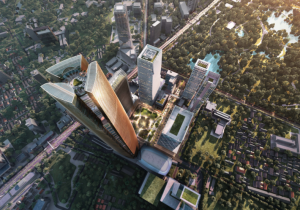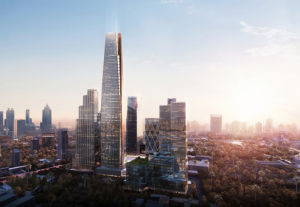2018 McKinsey Global Report Shows Smart Solutions Can Help Boost Quality Of Life In SEA Cities
Southeast Asia’s future is tied to the fate of its cities. Today the region’s urban areas are home to one-third of its total population but generate more than two-thirds of the region’s GDP. Urbanisation is fueling economic growth, but the breakneck pace has left many cities struggling to provide adequate housing, infrastructure, and services to meet the needs of a surging population.
While the urban challenges across Southeast Asia have been growing in scope, new technologies that could tackle some of these issues have reached maturity. Smart cities in Southeast Asia, a new report from the McKinsey Global Institute (MGI), in collaboration with the Centre for Liveable Cities in Singapore, finds that cities across the region can incorporate data and digital technologies into infrastructure and services—all with an eye to solving specific public problems and making the urban environment more livable, sustainable, and productive.
The research, which studies dozens of current applications, finds that cities in the region could use digital solutions to improve some quality- of-life indicators by 10-30 percent. It expands on global research released last month by MGI on how the current generation of smart city technologies can perform in a variety of urban settings worldwide.
Smart Cities are Poised to Have Significant and Broad-based Impact in Southeast Asia
Cities across Southeast Asia are primed to take advantage on smart solutions. Dozens of smart solutions are available today focusing on every domain of city life: mobility, social infrastructure, the built environment, utilities, security, community, and the economy.
As they begin their smart transformation, each city is setting its own priorities regarding which ones to deploy. MGI finds that smart cities could have a substantial impact across Southeast Asia to deliver a better quality-of-life. Among its findings:
- Smart solutions could remove up to some 270,000 kilotons of greenhouse gas emissions annually.
- Some 5,000 lives lost each year to traffic accidents, fires, and homicides could be saved through mobility solutions, crime prevention, and better emergency response.
- Intelligent traffic and transit solutions could save up to 8 million man-years in annual commuting time.
- Deploying smart healthcare solutions for the urban population could reduce the region’s disease burden by 12 million disability-adjusted life years—in other words, not only extending overall life expectancy but adding years of good health.
By creating more efficient and productive environments for business and hiring, Southeast Asia could add almost 1.5 million jobs. Residents could also save as much as $16 billion annually as smart solutions contribute to better housing options and lowering energy bills.
The current generation of smart applications can help cities make significant or moderate progress toward meeting 70 percent of the Sustainable Development Goals.
“Urbanisation can propel Southeast Asia to the level of economic and human development, but only if growth is managed well,” said Jonathan Woetzel, Senior Partner and Leader of McKinsey’s Special Cities Initiative. “Cities need to act now to address growing environmental stresses and particularly to combat climate change and improve their resilience.”
Rooting Digital Solutions in Southeast Asian Realities
There is already a wave of innovation across the region. It includes digital citizen apps, homegrown ride-hailing apps, data-driven transit planning, intelligent traffic systems, data-driven disaster risk assessment, advanced construction techniques, smart energy meters, and much more.
Low-income cities may be able to jumpstart progress by creating open data portals, which make raw information available for private-sector innovation that does not require any public investment.
The report notes that private-sector companies that find ways to contribute to the public good and expand choices for urban residents can find substantial market opportunities across Southeast Asia. MGI estimates that smart mobility applications could create up to $70 billion in value, while opportunities to make the built environment smarter could be worth more than $25 billion.
But the report cautions that companies with aspirations to become urban solution providers need to navigate a dynamic and complex ecosystem. Companies need an intimate understanding of a city’s context so they can anchor their offerings and value proposition to the real needs of residents, and they may need to add new government relations capabilities.
Bold Action Required by Public and Private Sectors
A smart city starts with a smart strategic vision and goals. While it is important for city governments to outline a vision for the future, the rapid pace of technological change means that they have to retain some flexibility to experiment and recalibrate.
Taking a data-driven approach that continually measures progress against clear quality-of-life goals can guide that process. Cities also need to consider how to pair smart technologies with complementary policies and investment in hard infrastructure.
“Cities facing tough budgetary choices will have to prioritise the practical over the flashiest new technologies,” said Mukund Sridhar, Partner and Leader of McKinsey’s Infrastructure Practice in Southeast Asia. “Installing digital systems behind the scenes to manage traffic, coordinate networks of hospitals, or cut down on bureaucratic paperwork may yield more impact than highly visible touchscreens on the street.”
Neither the public nor the private sector can build smart cities alone. City governments will have to continue providing many critical services, but they do not have to fund and operate every type of service and infrastructure system. Smart cities will change the parameters of how cities across Southeast Asia approach public-private partnerships.
Despite their varied starting points, priorities, and capabilities, cities across Southeast Asia can cooperate to deploy smart solutions on a much bigger scale. The most advanced cities may be able to assist others in developing technological capabilities and specific apps, but it will also be valuable for the region’s lower-income cities to share with each other what they are learning about where digital innovation can yield the greatest impact. Green shoots are already visible, and the recently launched ASEAN Smart Cities Network can provide a vehicle for accelerating progress.
McKinsey Global Institute Media release | Page 3 The report will be available for download at www.mckinsey.com/mgi


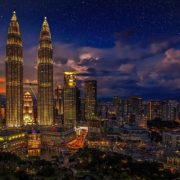
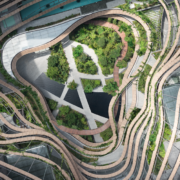
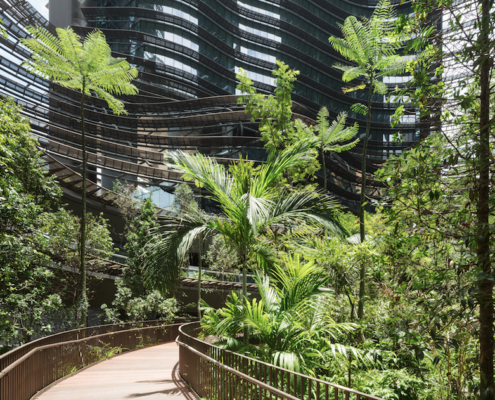 Marina One has won Best Innovative Green Building at the MIPIM Awards 2018. The MIPIM Awards celebrates the most outstanding property projects globally. This year, the 28th MIPIM Awards took place on 15 March 2018 at a gala ceremony held in the Grand Auditorium of the Palais des Festivals in Cannes.
Marina One has won Best Innovative Green Building at the MIPIM Awards 2018. The MIPIM Awards celebrates the most outstanding property projects globally. This year, the 28th MIPIM Awards took place on 15 March 2018 at a gala ceremony held in the Grand Auditorium of the Palais des Festivals in Cannes.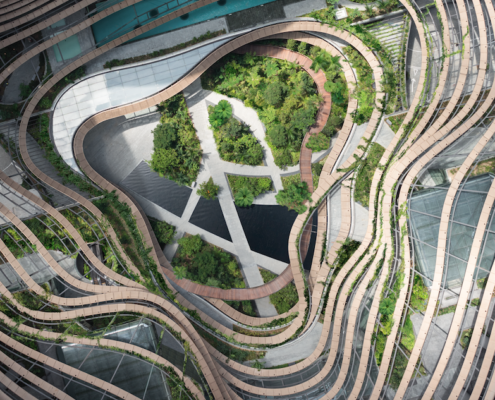

 HVACR Vietnam is excited to be hosting its latest edition in Hanoi, after 11 previous editions in Ho Chi Minh City.
HVACR Vietnam is excited to be hosting its latest edition in Hanoi, after 11 previous editions in Ho Chi Minh City.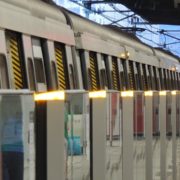
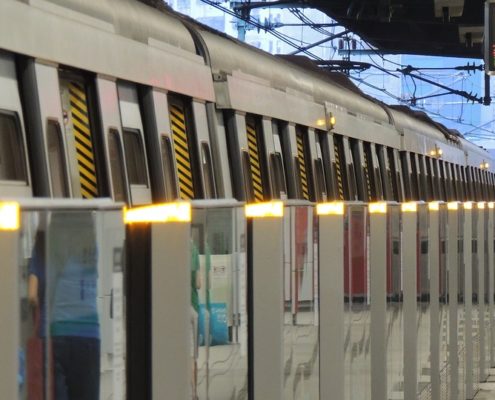 Hong Kong leads the world for sustainable transport, according to the
Hong Kong leads the world for sustainable transport, according to the 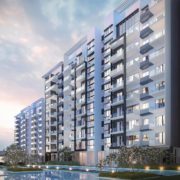
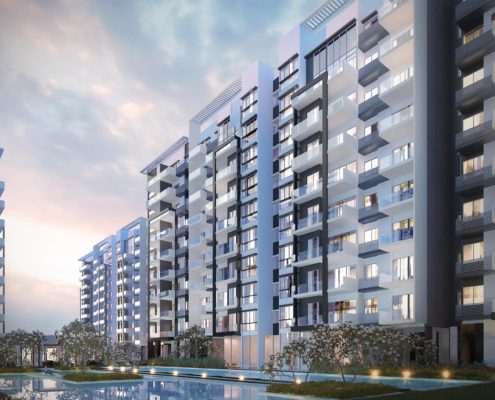 SolarPVExchange, a subsidiary of Sunseap group, Singapore’s leading clean energy provider, announced today that it has signed an agreement with Spring CJW Development Pte Ltd to build a solar photovoltaic (PV) system which will help power up its first eco-friendly residential development in Phnom Penh. Under the deal, SolarPVExchange will design and construct a 200 kilowatt-peak solar photovoltaic (PV) system across the rooftops of the condominium’s eight blocks of residential units.
SolarPVExchange, a subsidiary of Sunseap group, Singapore’s leading clean energy provider, announced today that it has signed an agreement with Spring CJW Development Pte Ltd to build a solar photovoltaic (PV) system which will help power up its first eco-friendly residential development in Phnom Penh. Under the deal, SolarPVExchange will design and construct a 200 kilowatt-peak solar photovoltaic (PV) system across the rooftops of the condominium’s eight blocks of residential units.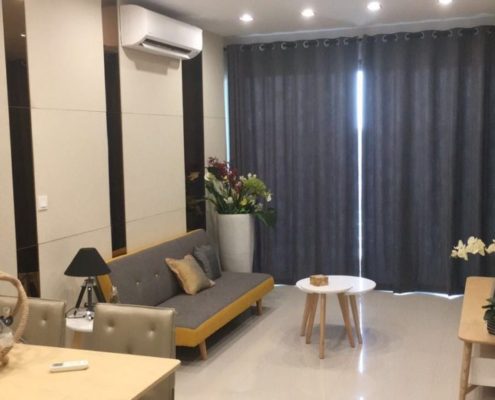
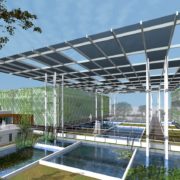
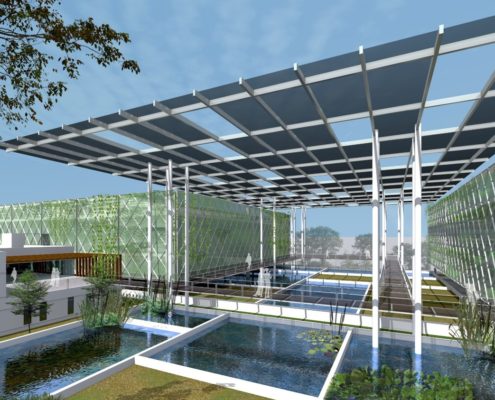 Imagine rearing edible fish in farms dotted around the urban environment such as in parks, unused rooftops and other community spaces. This may become a reality soon. Surbana Jurong (SJ) has developed a high-intensity vertical farming concept, Floating Ponds, which can be applied to fish, vegetable or other agricultural products.
Imagine rearing edible fish in farms dotted around the urban environment such as in parks, unused rooftops and other community spaces. This may become a reality soon. Surbana Jurong (SJ) has developed a high-intensity vertical farming concept, Floating Ponds, which can be applied to fish, vegetable or other agricultural products.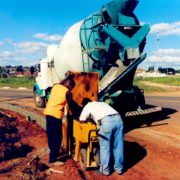
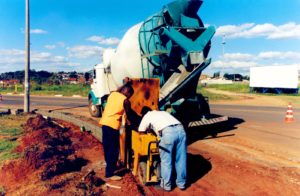 Over 250 industry executives from across the industry including contractors, surveyors, civil engineers and architects from across the industry contributed to the survey results, captured in a new report Trend Insights: Sustainability in Construction.
Over 250 industry executives from across the industry including contractors, surveyors, civil engineers and architects from across the industry contributed to the survey results, captured in a new report Trend Insights: Sustainability in Construction.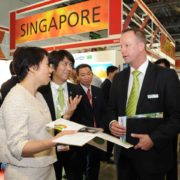
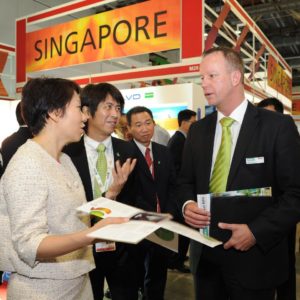
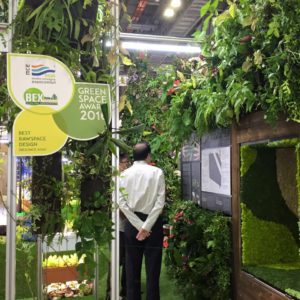
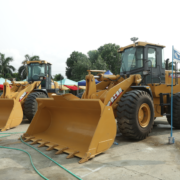
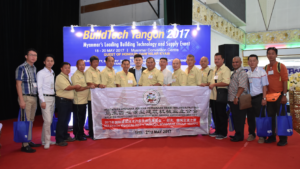 The 4th edition of BuildTech Yangon concluded on 20 May 2017 after three days of industry discussions, international dialogues, commercial engagements and knowledge sharing in Myanmar. Organised by Sphere Exhibits, a subsidiary of Singapore Press Holdings (SPH) and co-organised by the Myanmar Construction Entrepreneurs Association (MCEA), BuildTech Yangon 2017 is the leading industry event focusing on the value chain for the build environment sector in Myanmar.
The 4th edition of BuildTech Yangon concluded on 20 May 2017 after three days of industry discussions, international dialogues, commercial engagements and knowledge sharing in Myanmar. Organised by Sphere Exhibits, a subsidiary of Singapore Press Holdings (SPH) and co-organised by the Myanmar Construction Entrepreneurs Association (MCEA), BuildTech Yangon 2017 is the leading industry event focusing on the value chain for the build environment sector in Myanmar.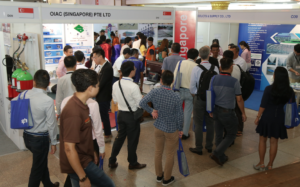
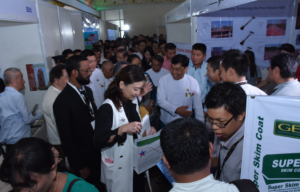 Additionally, a Memorandum of Understanding between the Myanmar Construction Entrepreneurs Association (MCEA) and the Singapore Institute of Building Limited (SIBL) was renewed to further extend their collaboration in advancing the industry. I&H Engineering Co., a joint venture between the Myanmar Ministry of Construction and I&H Asia Pacific, launched their new factory located just outside of Yangon, while trade missions from across the region held closed-door networking sessions.
Additionally, a Memorandum of Understanding between the Myanmar Construction Entrepreneurs Association (MCEA) and the Singapore Institute of Building Limited (SIBL) was renewed to further extend their collaboration in advancing the industry. I&H Engineering Co., a joint venture between the Myanmar Ministry of Construction and I&H Asia Pacific, launched their new factory located just outside of Yangon, while trade missions from across the region held closed-door networking sessions.